How to Deal with Hairline Acne
By Abby Vinas
Acne Treatment
•
2 Comments

Many people typically experience acne on their forehead, cheeks, jawline, and chin, but hairline acne is a thing, too. If you find yourself dealing with hairline acne, fortunately there are several things you can do to help prevent and treat those frustrating pimples, blackheads, and breakouts.
But first, let’s backtrack a little. What is acne? Acne is a skin condition primarily caused by clogged pores. The skin has sebaceous glands that produce sebum or oil, and the production of excess oil causes problems for the complexion when it mixes with dead skin cells and bacteria within the hair follicles, and clogs the pores to create a pimple. These pimples are sometimes quite painful but with the right treatment, hairline acne will be a thing of the past.
Clearer skin in as little as two weeks.
A simple 3-step regimen that rescues stressed skin instead of punishing it, banishing bumps, erasing redness.
Try SomeCauses of Hairline Acne
There are several potential causes of hairline acne, including haircare products, headwear, makeup, and sweat buildup.
Haircare Products
The types of hair products you use can make a drastic impact on the overall health of your skin by causing excess build-up of oil, bacteria, and dead skin cells. Many hair products are loaded with harsh chemicals and ingredients that can wreak havoc on your skin. Petroleum and some silicones are common ingredients in hair care products that are known to cause breakouts, especially if you have oily skin. These products are typically thick, creamy shampoos, leave-in conditioners, or hair “moisturizers” that, while great for your hair, can be detrimental to your complexion.
The chemicals sodium lauryl sulfate and ammonium lauryl sulfate are also widely used in hairsprays, dry shampoos, and other aerosol products and should be avoided if you have dry skin. These chemicals can further dry the area around your scalp and hairline and cause your skin to produce more sebum than necessary. This oil combines with the flakes of your dry skin and clogs pores, causing blackheads and pimples on your hairline.
Headwear
Hats, headbands, and other headwear can cause friction and carry the excess oils from your skin and hair, thereby allowing them to mix with the bacteria and oil already present on your face. This deadly combo creates build-up and clogged pores, which can lead to hairline and forehead acne.
Makeup
It's not always a direct cause, but makeup can cause acne. Covering your acne with heavy, comedogenic foundations and concealers prohibit your skin from breathing, and ‘trap’ the dead skin cells and bacteria in your pores to create breakouts. When makeup sits on the skin for too long, it increases the likelihood of clogged pores, which is why it’s a skincare sin to go to bed without removing your makeup and washing your face.
Sweat Buildup
Allowing sweat to linger on the surface of your skin can also contribute to hairline acne. During a workout, sweat can mix with debris on your skin, which can then lead to acne and breakouts. To avoid this, consider taking a shower right after exercising, or washing our face and changing into fresh, clean clothes at the very least.
How to Treat Hairline Acne
So, how do you get rid of these pesky breakouts along your hairline? Here are a few simple steps:
1. Determine the Cause
If you’re only noticing breakouts on your hairline and you don’t experience pimples on your cheeks or anywhere else on your face, the culprit is most likely a hair product or buildup of oil, sweat, or bacteria due to exercise or headwear. If you experience consistent breakouts on many or all areas of your face, then your hairline acne is probably just a single element of a more prominent condition.
Keep in mind that determining the cause of acne may take some time as it’s different for everyone and depends on your own lifestyle and habits. Once you’ve identified the cause, you can take the necessary steps to mitigate your acne and start your journey to a clearer complexion.
2. Add an Acne Treatment to Your Routine
Benzoyl peroxide and salicylic acid are two well-known acne-fighting ingredients. Benzoyl peroxide tends to be harsher on the skin, which is why we generally recommend using an acne treatment containing salicylic acid instead. Salicylic acid is found in many blemish control products as it’s a chemical exfoliant that helps remove dead skin cells while keeping pores clear, without stripping your skin of its natural oils or damaging the skin barrier. Because excess oil is the main contributor for acne, incorporating oil control skincare products can also help improve your complexion.
Apply your acne treatment to the troubled area, being sure to follow the directions listed on the label. Keep a close eye on how your skin reacts, and decrease use of the treatment if needed to avoid irritating the skin.
Recommended Product: Clear Skin Routine
3. Be Consistent
Clear skin doesn’t happen overnight. Be consistent and diligent with your skincare routine to maximize your results.
4. If Acne Persists, Seek Professional Help
If none of your treatments or lifestyle changes seem to be making a difference, you may be interested in seeking the help of a dermatologist. They’ll be able to help you determine any possible underlying issues, or tell you if you’re in need of something stronger to help ease your symptoms.
How to Prevent Hairline Acne
Now that you know how to get rid of hairline acne, you’ll also need to know how to prevent future breakouts. Here are our top tips for preventing hairline acne:
- Keep your sheets and pillowcases clean to prevent oil and bacteria build-up.
- When applying hair or skin care products, be sure your hands are clean and touch your face as little as possible.
- If you have bangs, avoid touching them to prevent spreading oil, bacteria, and dirt from your fingers to your hair and forehead.
- If you wear hats, wash them after every use, especially if they accumulated sweat throughout the day.
- Make sure you get enough sleep every night.
- Maintain a well-rounded diet and a regular exercise routine—including a post-workout shower!
- Thoroughly wash your face and hair daily with gentle, non-comedogenic, fragrance-free cleansers and haircare products.
- Avoid picking at your skin or popping pimples. It may be a tough habit to break but your skin will thank you for it!
- Finish your skincare routine with a moisturizer to keep your skin properly hydrated.
- Stick to non-comedogenic cosmetic products to reduce the chances of clogging pores.
Consider Ingredient Lists
When you’ve identified the cause of your hairline acne and have taken the necessary steps to treat and prevent it, the last thing you want is for it to return. Continuing to use haircare and skincare products with poor ingredient lists may be what gets in the way of your hard work.
Take the time to read the ingredient labels of every product that comes into contact with your skin. If you notice that a product may be contributing to breakouts, take a break from using it. If your shampoo is a heavy, oil-based product, try switching to an oil-free shampoo. If you typically use heavily scented products, go fragrance-free and see if you notice a difference in your complexion. Make these changes one at a time until you find one that starts to make a difference. Keep things simple before resorting to an acne-reducing shampoo or conditioner.
It may seem like a lot of trial-and-error until you find the true cause, but once you start noticing a pattern between certain ingredients, you can begin eliminating products containing them and get on the road to happy, healthy skin. You may even find that breakouts on other parts of your face start to improve in the process!
Key Takeaways
- The hair’s natural oils, sweat build-up, and even certain hair products can cause excess oil to accumulate at the hairline. This excess oil often mixes with bacteria or dead skin cells and causes clogged pores and hairline pimples.
- Other causes of hairline acne include haircare products, headwear, and makeup.
- Treat hairline pimples with a product containing salicylic acid, which helps gently exfoliate skin and keep pores clear of dirt, oil, and bacteria.
- There are a variety of tips that can help keep hairline pimples at bay, including washing your pillow cases regularly, keeping your hands off your face, and sticking to gentle, non-comedogenic haircare and skincare products.
Clogged or Congested Pores?
A complexion perfecting superfood masque that instantly tautens and tightens skin without over-drying, while making pores petite.
Get Refreshed
Abby Vinas
Abby Vinas has long been an active member of the holistic health community, advocating in favor of its benefits to both our physical and emotional well-being. Her commitment to leading a healthy lifestyle has made her an authority on self-care practices. Abby is passionate about fitness, nutrition, and proper skincare, and is also an avid lover of avocado toast and dog-petting.
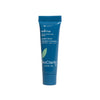
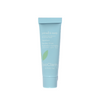
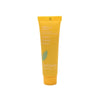
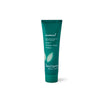









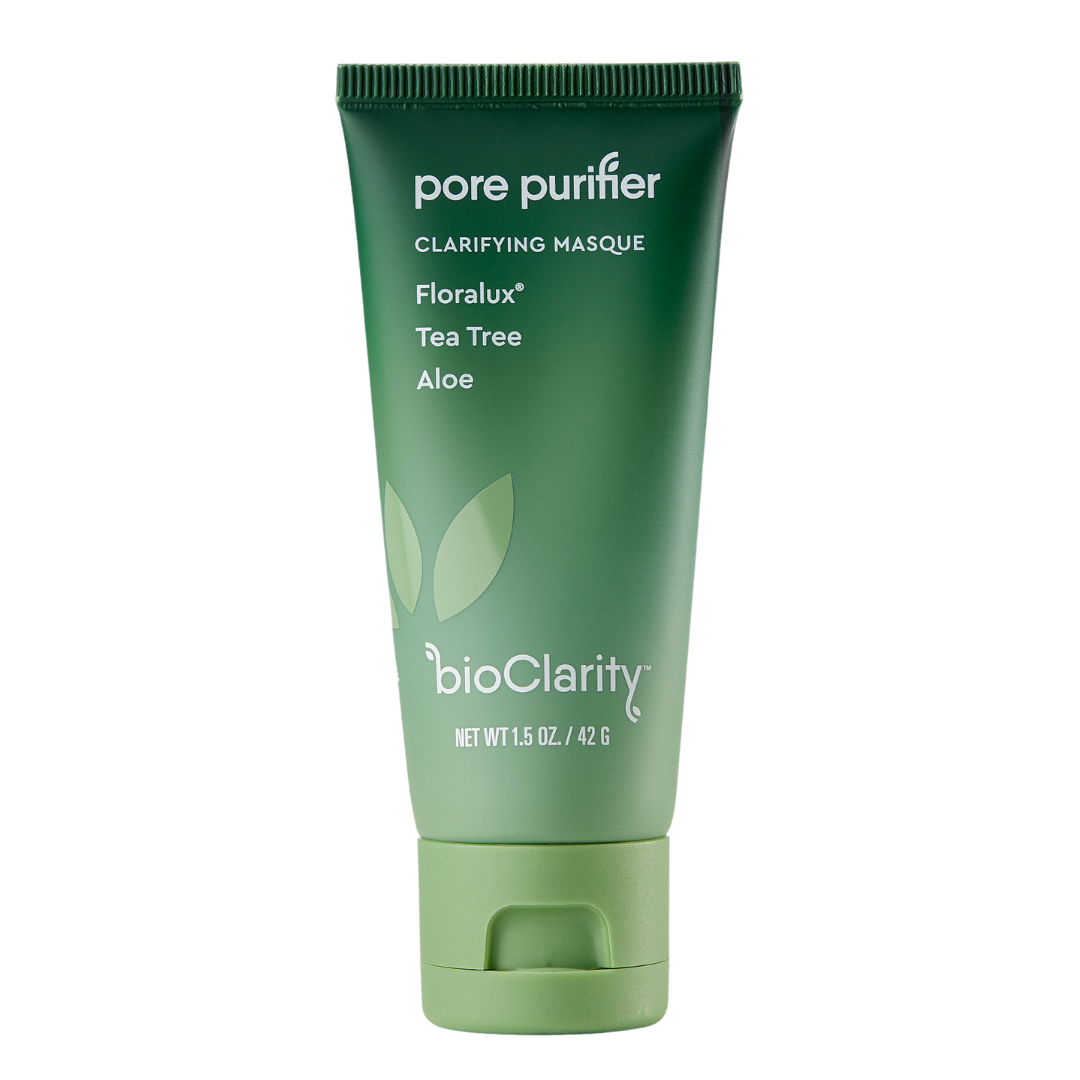
Thanks
If you have sensitive skin like me, you should avoid dollarstore/poundshop brands but you should definetly use aloe vera gel just rub it on the acne and carry on doing this remedy and hopefully it will disappear in one day :)